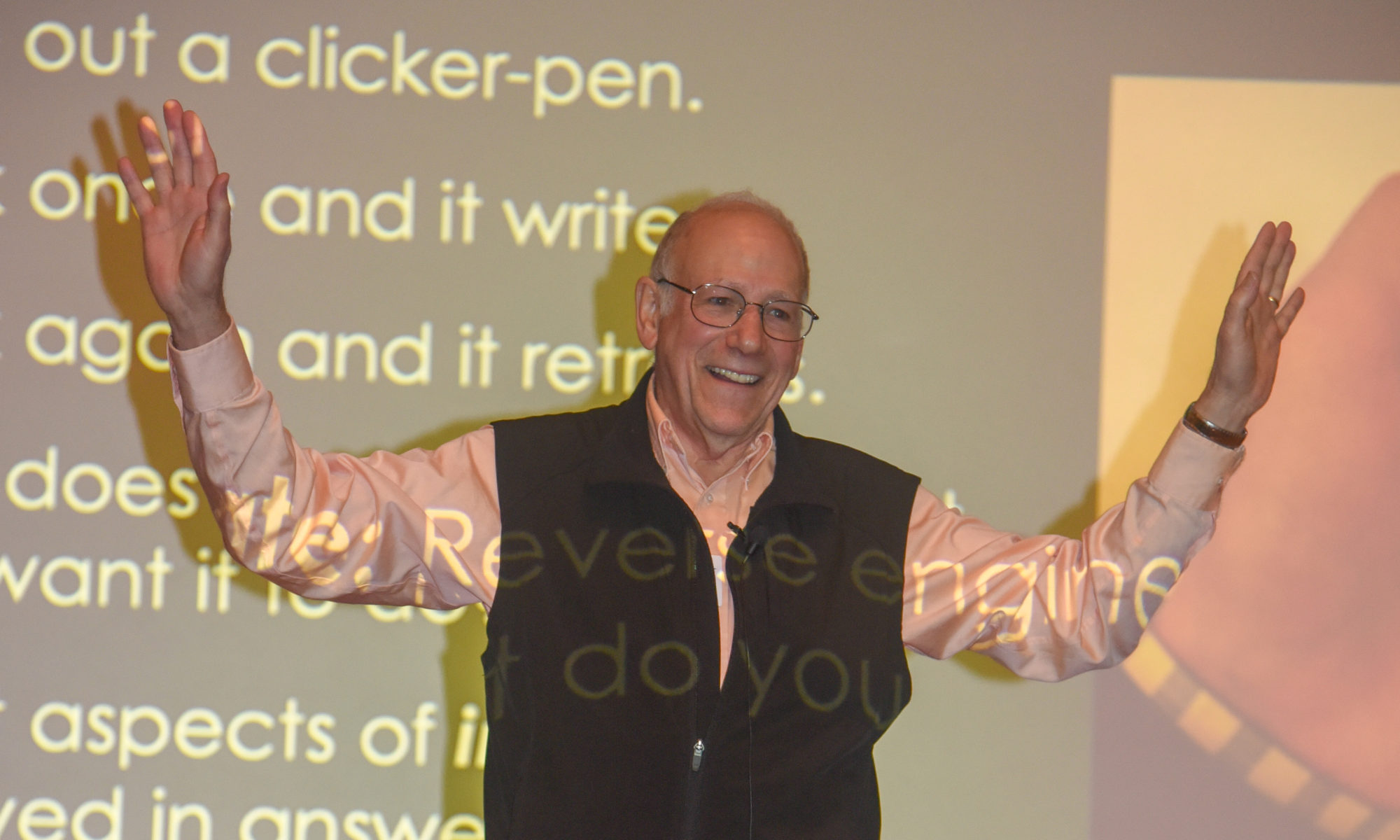The STANYS 124th Annual Conference, held in Rochester in early November, 2019, paved the way for a memorable weekend. While you never know what you’ll get in terms of dicey weather in Rochester in the middle of Fall, you know you’ll walk away from the Conference with bundles of materials to sort through, and lots of information to process when you arrive home. This year’s highlights, in no particular order, include:
- Meeting with local Suffolk members on the same flight
- Dinosaur BBQ!
- Excellent sessions, run by knowledgeable and energetic NYS science teachers
- Meeting with NASA educational specialists from Goddard Space Flight Center and Langley Research Center
- Getting tips on how to assess students in a way that incorporates traditional grading practices with the iterative, rubric-style grading that comes with NYSSLS 3D assessments
- We saw an amazing group of pre-service teachers from Oneonta State (my alma mater!) present a variety of innovative models to explain more complex topics related to Earth and Space Sciences. Thank you Jim Ebert and Paul Bischoff for bringing a little bit of O-State to Western NY!
- Having students use technology on a more regular (and regulated) basis, to conduct guided research projects
- Gathering resources, listening, absorbing and reflecting on items presented during a marathon weekend… Three days packed with information that we can use or alter for use immediately
- T-shirt competitions – and inspiration for a new Suffolk (Suff-i-k) shirt for next year!
- The energy exuded by the Texas Instruments team
- And… who could forget to mention the consistency of support from Ward’s Science culminating in the memorable raffle to cap off our Sunday
There were Institutes for many major subject areas and levels of science instruction. These and the luncheons for similar groupings of educators were very well-attended. As the days progressed, I heard many complimentary comments regarding the ease-of-use of this year’s new conference Guidebook app. Kudos to Suffolk’s own Matt Christiansen, the Vice President-Elect of STANYS, and “Keeper of the STANYS Conference Apps”.
This year, for a slightly different experience, I attended several sessions that were not directly related to my subject area of expertise. I attended a workshop led by the Director at Large of Physics, Seth Gunials-Kupperman that was excellent. It led teachers through his assessment process, and the intricacies and successes of allowing students to be regularly re-assessed to check for deeper understanding. The workshop about Soil Science, led by Deb Mabey, from Hoosick Falls, NY, was also excellent. I was excited to see a simple and powerful link between biological and geosciences on display with her building of MudWatt systems, and encouraging students to bring in soils from their own backyards to use as an alternative fuel source for energy production.
I immediately got to work on incorporating paper circuits into a unit on aerospace engineering in my astronomy elective this month. Inspired by education specialists, Dr. Barbie Buckner from NASA’s Goddard Space Flight Center (our NY liaison from NASA Goddard) and Dr. Anne Weiss from NASA’s Langley Research Center, I was able to have my students explore the concept of X-planes, and we made several styles of paper circuits from the templates provided via Dropbox linked in the Guidebook app.
I’ll add a brief note of thanks for all who voted in the STANYS Election this Fall. I’m excited to shift roles from Subject Area Representative for our Suffolk Section to that of Director at Large for Earth Science in the near future! What an exciting time, one that I have to remind myself is more like training for the endurance required as a marathoner, rather than the rapid acceleration and rewards reaped by a sprinter.
It was nice to connect with like-minded individuals and see all of the excellent science happening statewide in classrooms with STANYS educators at the helm. I am excited to see where STANYS takes us as we work through the organization’s 125th year at the forefront of science education in New York!–Stephanie Burns – Suffok SAR Earth Science, DAL Elect – Earth Science

